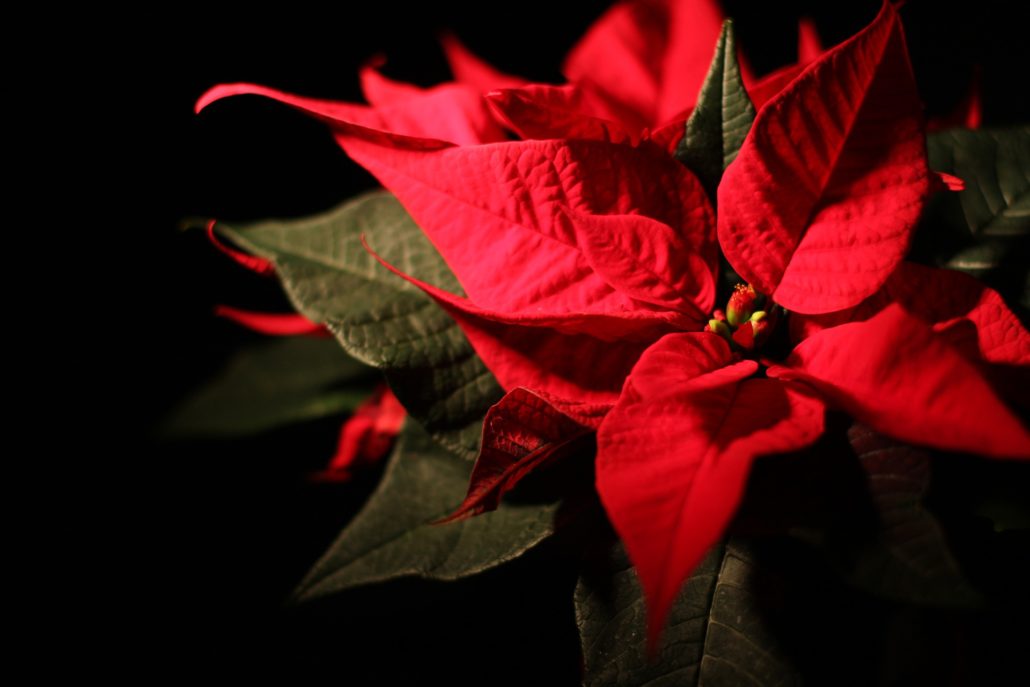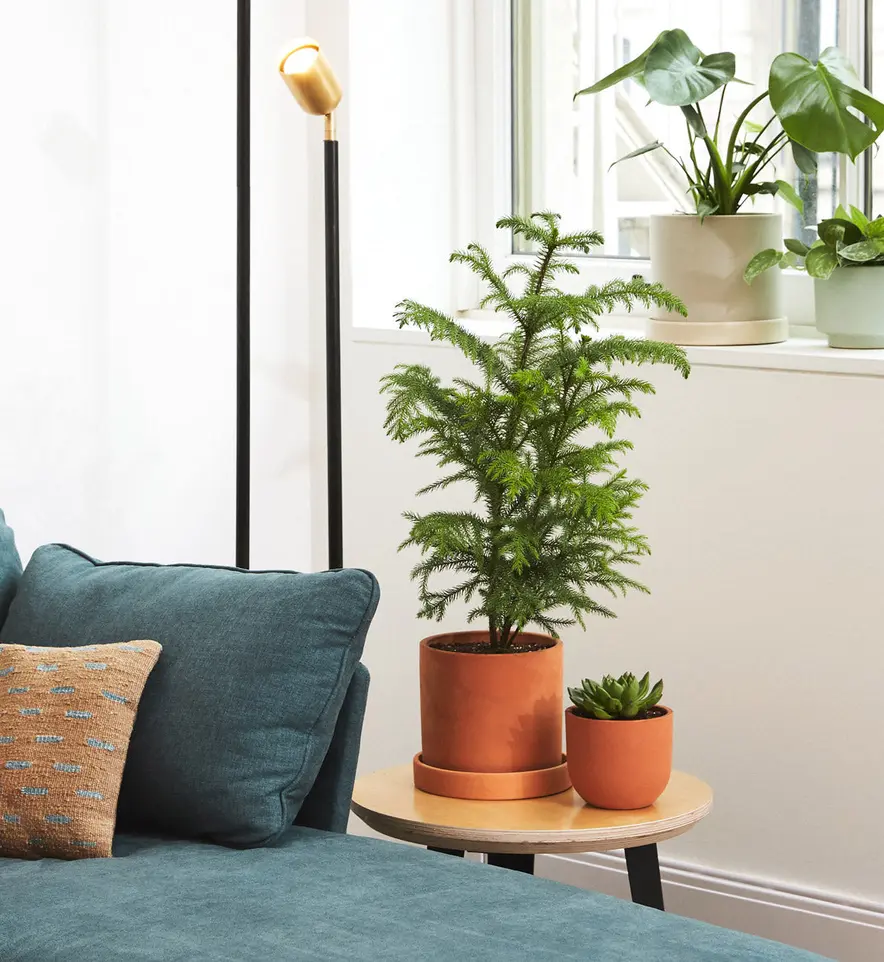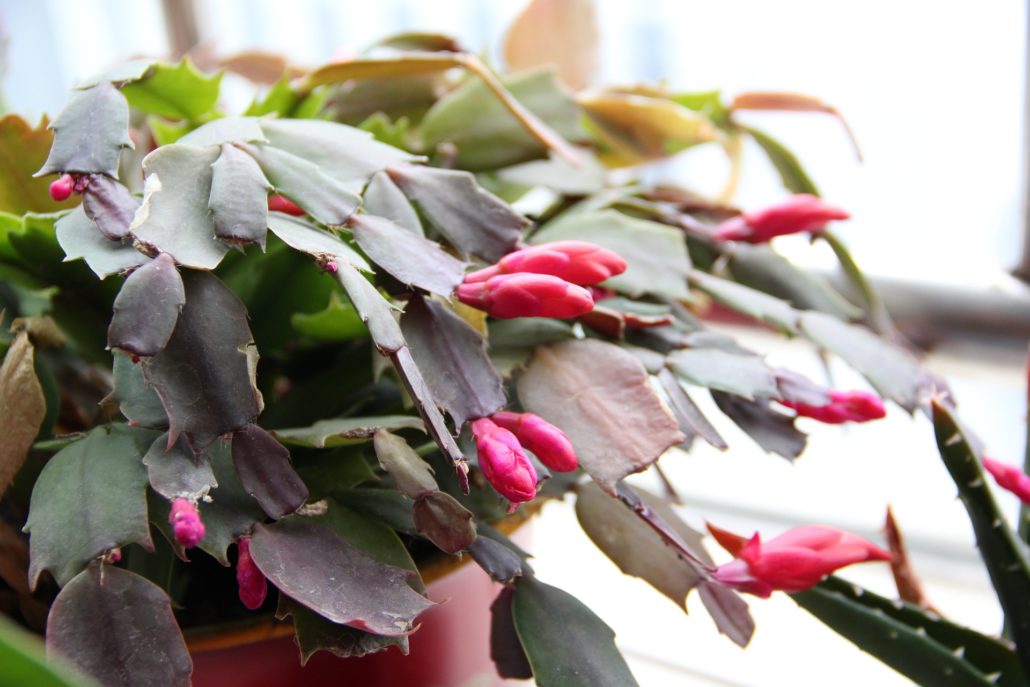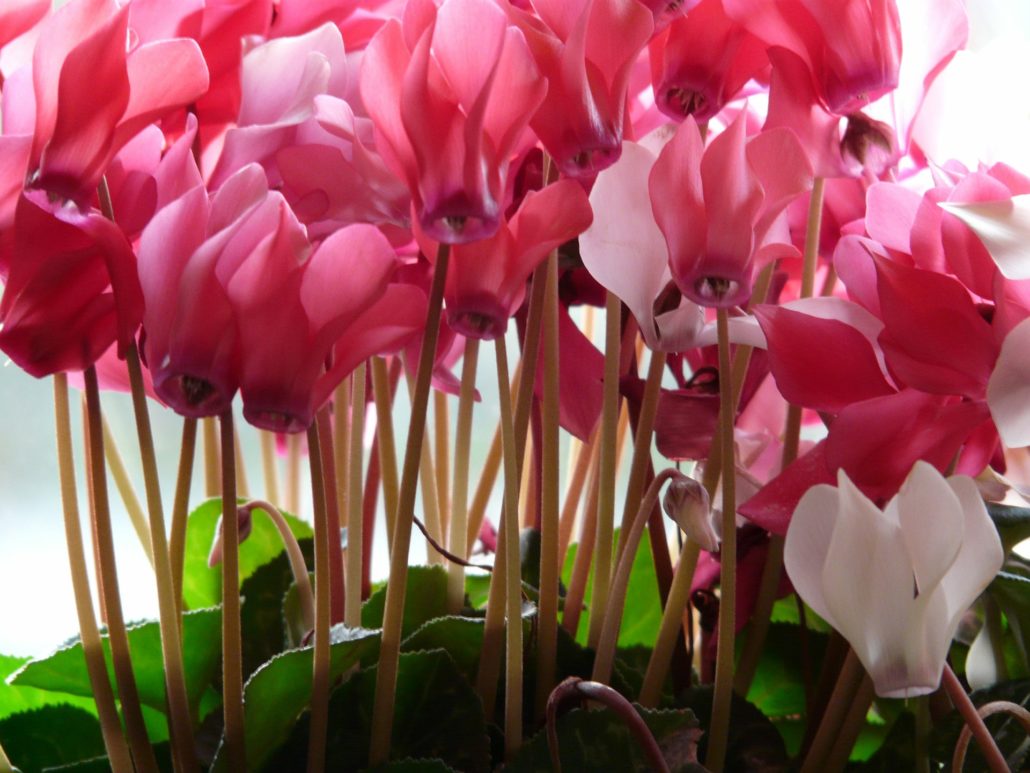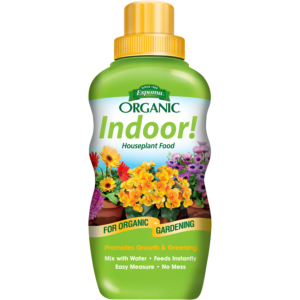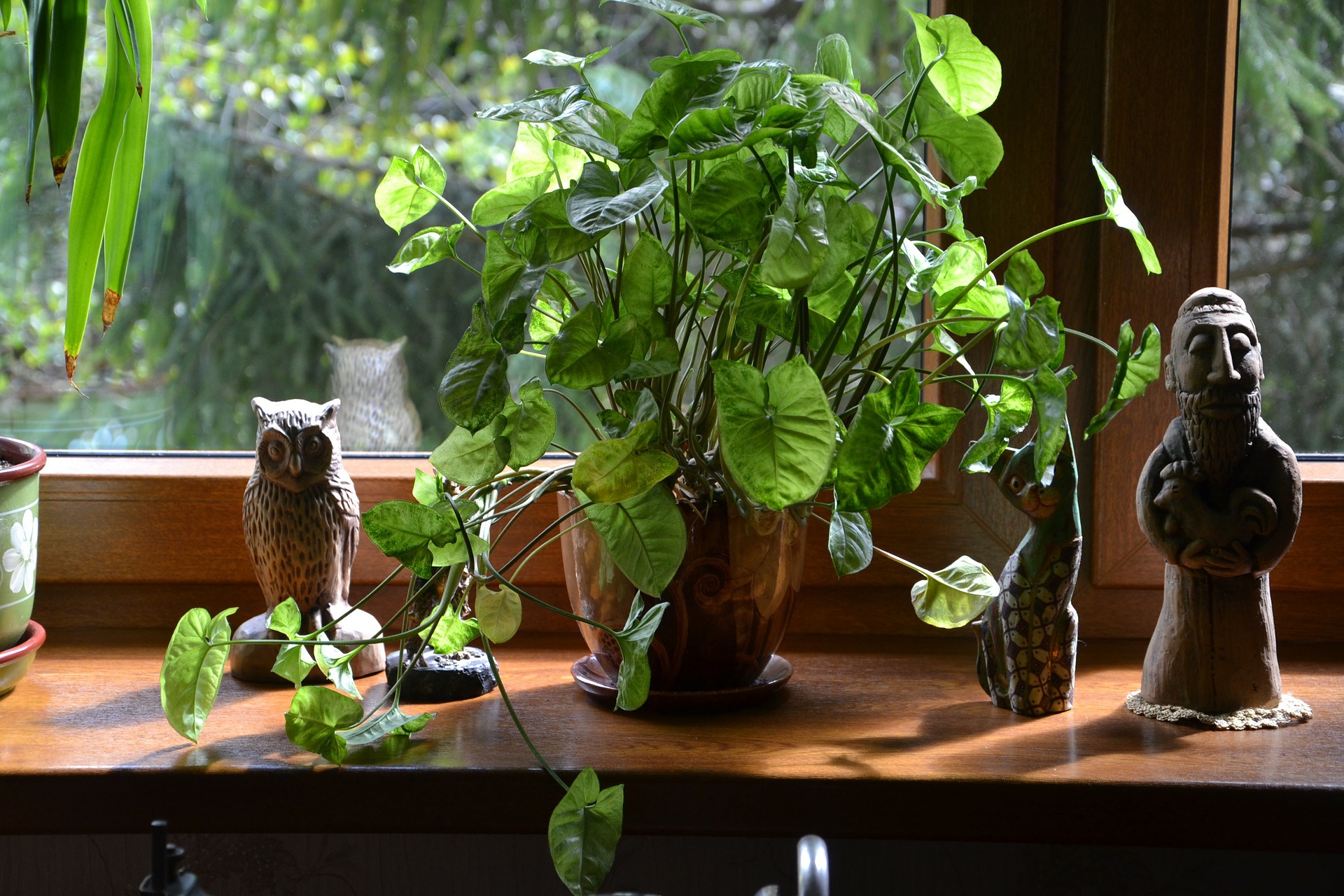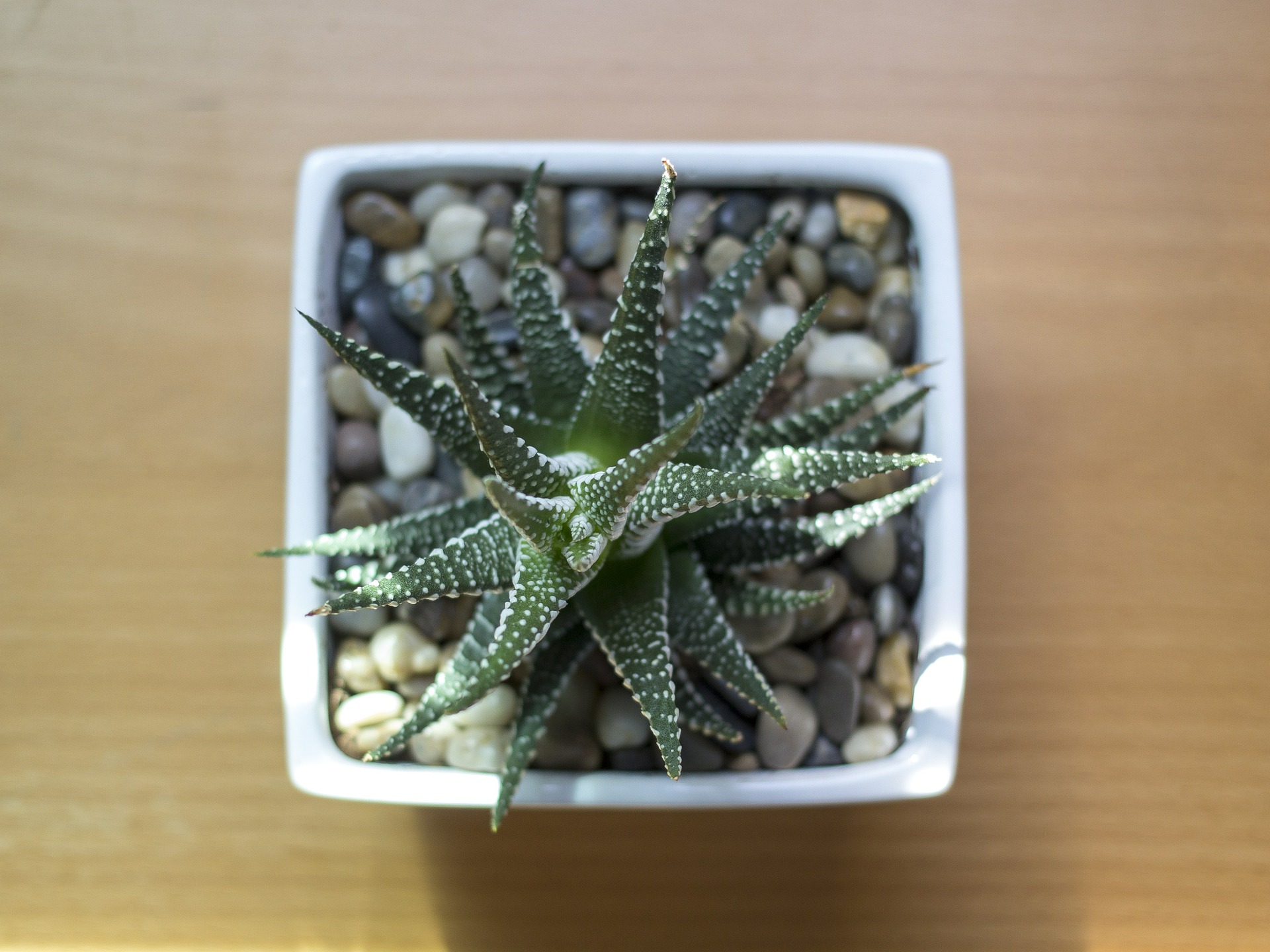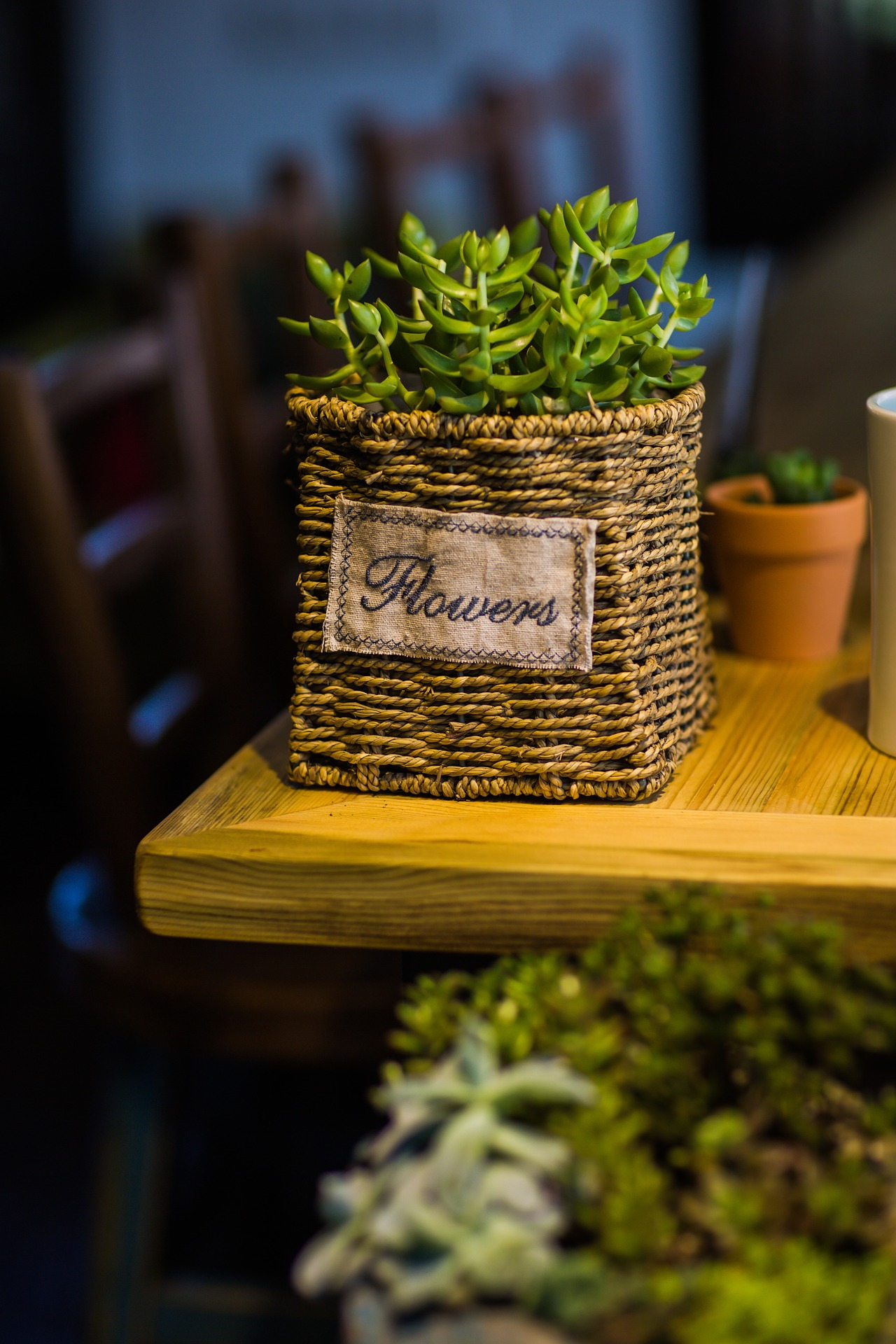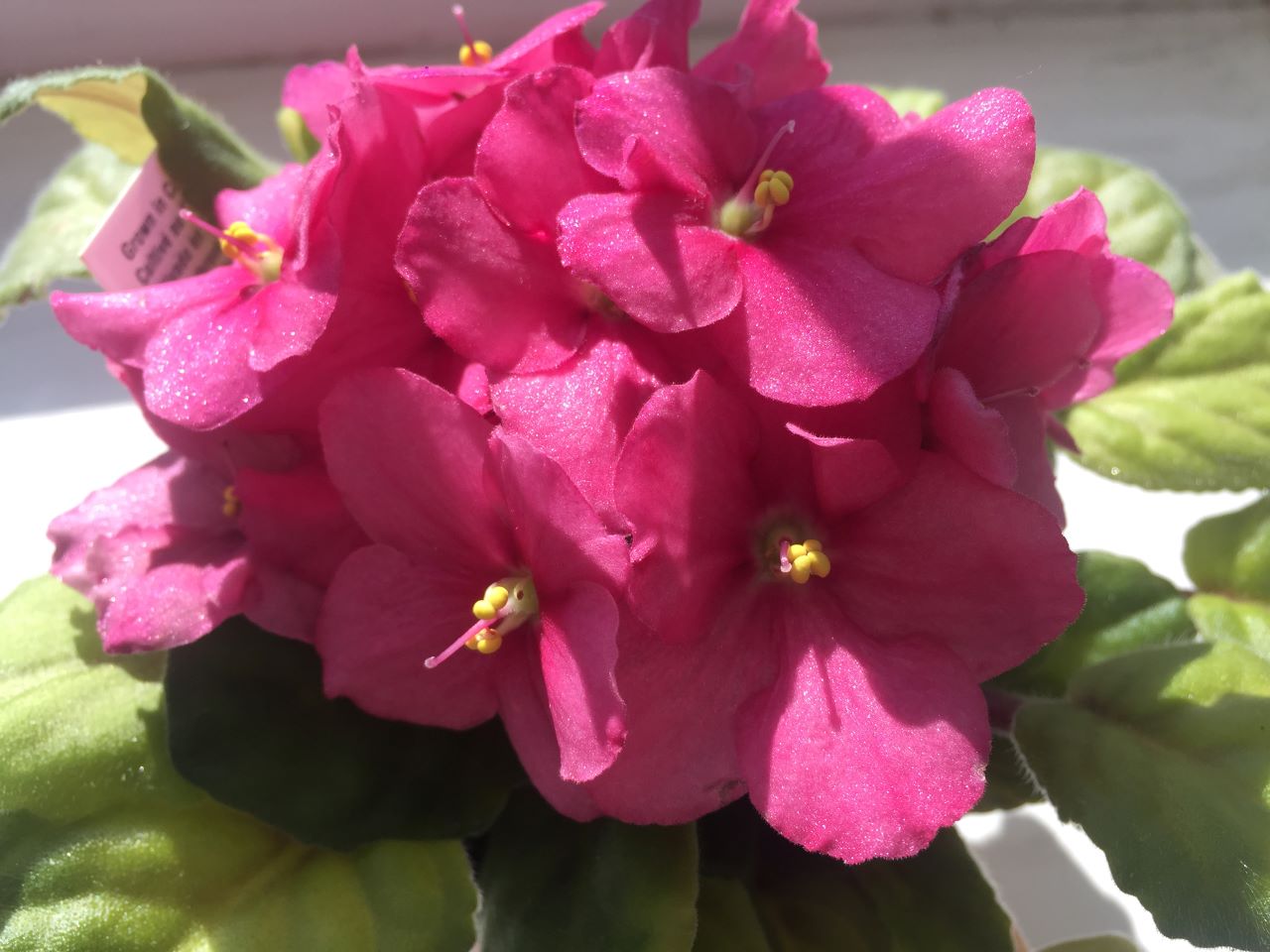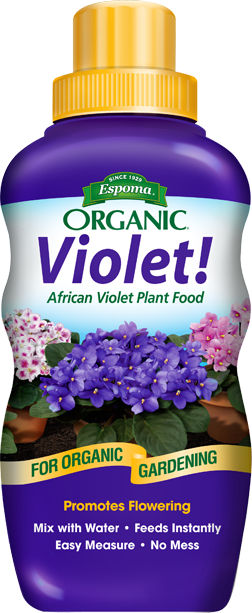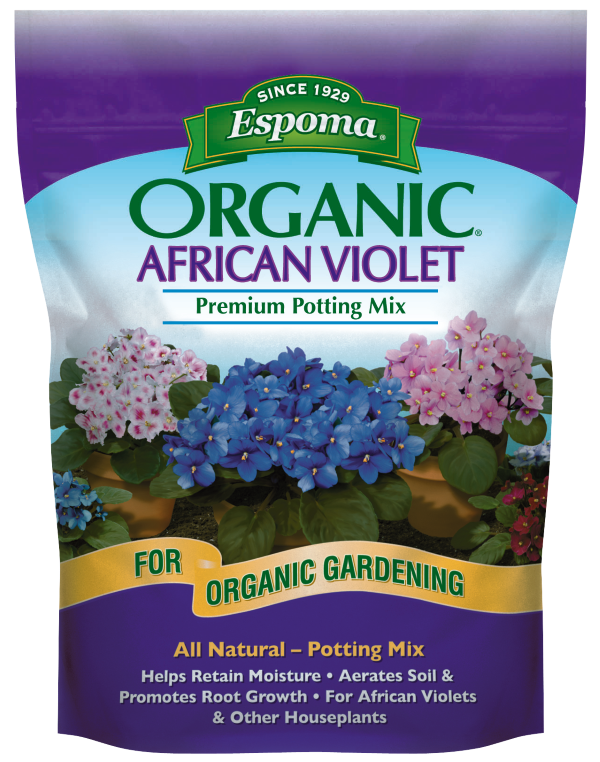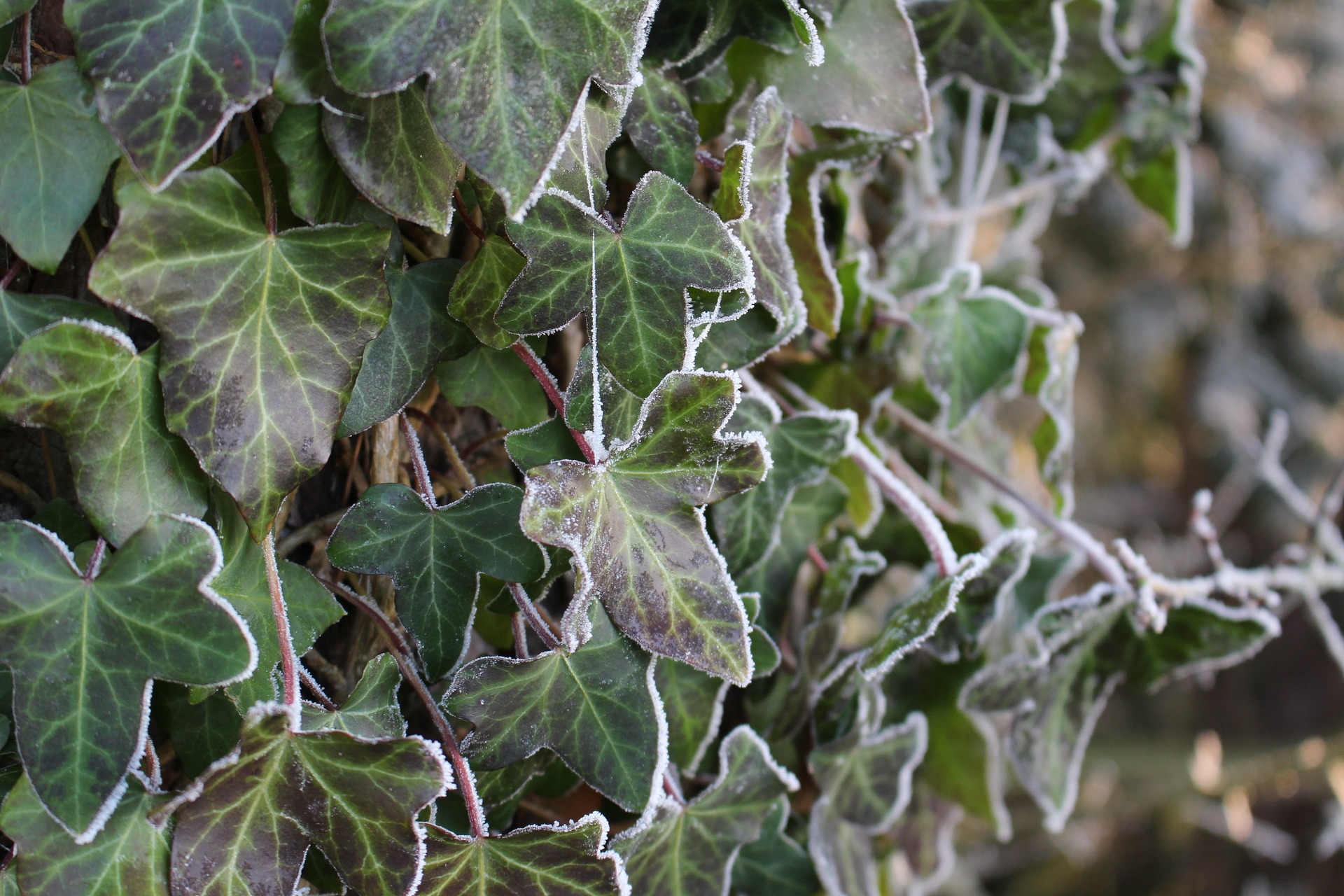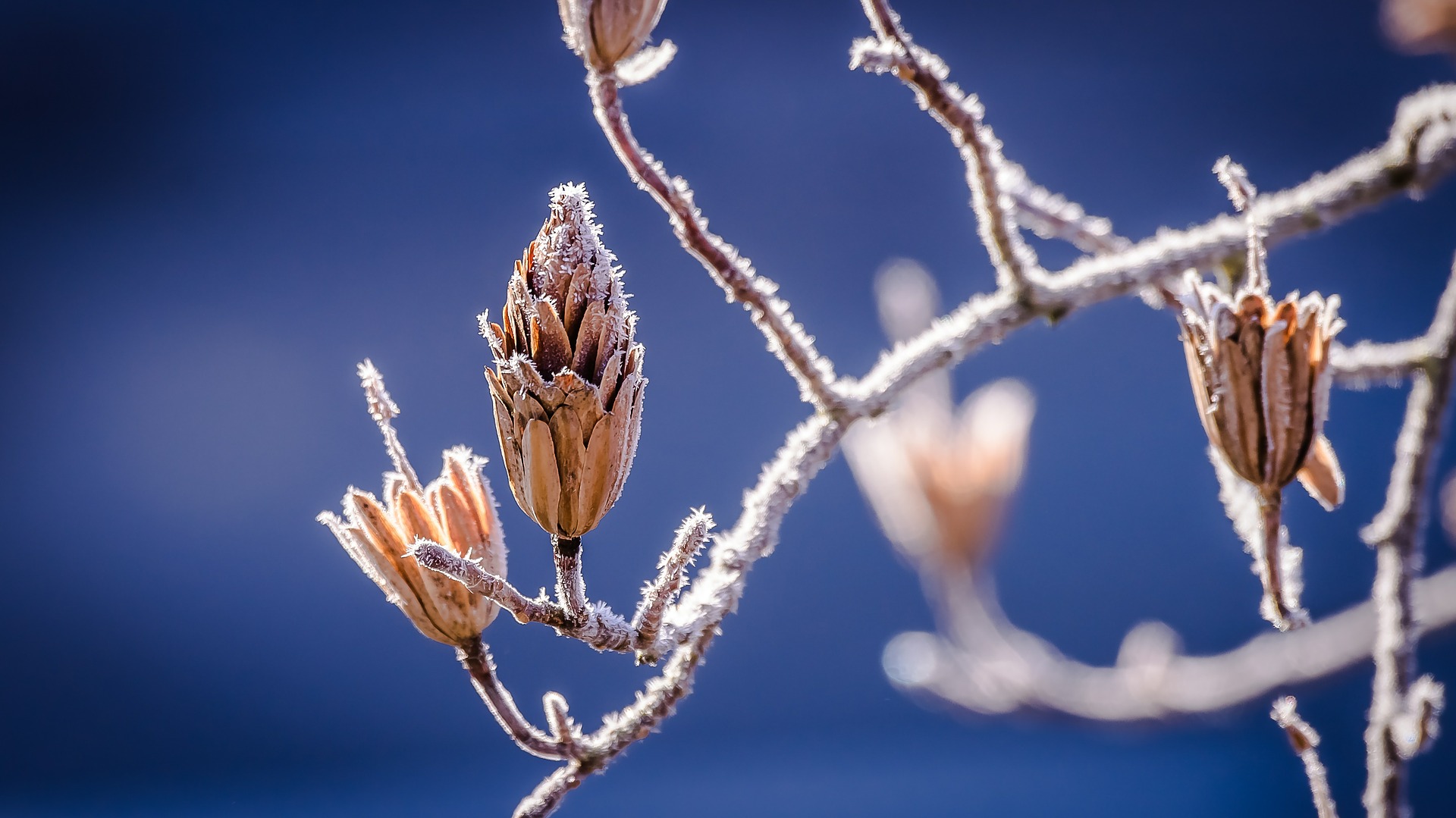Top 4 Houseplants to Give and Get this Holiday Season
There’s so much to love about the holiday season — the cooking and baking, the time spent with family and friends, and the festive plants. Poinsettias or a blooming Christmas cactus are compact yet boast of holiday spirit. The more plants, the merrier!
With just a little care, holiday houseplants can continue to thrive throughout the year. Knowing how to care for them helps to keep them beautiful. Repot later if needed.
So whether you’re getting or giving holiday houseplants, use these tips to help keep them blooming.
How to Care for Holiday Favorites
Poinsettia: No other plant quite marks the beginning of the holiday season like the poinsettia. With more than 100 varieties available today in colors of red, white, pink, and more, this plant can be found just about everywhere during the holidays.
First things first, don’t let poinsettias get cold on the ride home from the store. Keep trips and exposure to cold as short as possible. Once home, these cheery plants thrive on six hours of indirect light a day away from cold drafts and need proper watering. When the plant needs water, remove the decorative foil and let soak in a few inches of water for an hour or so. Let excess drain and rewrap.
Tip: Take the poinsettia out of its foil and place it in a decorative container.
Norfolk Island pine: A mini Christmas tree, this festive plant looks lovely when adorned with mini lights and homemade ornaments or just plain on its own.
Give pines about six to eight hours of light per day. Any less and lower branches are likely to drop. Water when dry to the touch. Fertilize Norfolk Island pines bi-monthly with Espoma Organic Indoor! liquid houseplant fertilizer to keep them happy and healthy.
Tip: Pines can last for years and be decorated for other seasons as well!
Christmas cactus: Though this cactus is known for blooming around Christmas, it’ll stay strong throughout the year and periodically rebloom. Its ruffled flowers range in color from reds to pinks to oranges and creams.
Give this plant bright indirect light and place it outdoors in a semi-shady spot during the summer months. Allow the plant to become slightly dry between waterings. Keep this holiday plant reblooming for years to come by giving it a rest during the fall and placing it in the dark for about six to eight weeks, encouraging new blooms.
Tip: No matter how diligent you are about care, bloom time may vary based on variety. Whether or not it blooms in time for the holidays, you’ll still have winter blooms to enjoy.
Cyclamen: Cyclamen’s bright flowers in pink, white, or red are great for adding a pop of color where you need it. With the right conditions, they can bloom for more than eight weeks.
Cyclamen likes light, but not super-bright light. Keep the temperature consistent and deadhead spent flowers and leaves. Pour water into a saucer and let the plant absorb it for 15 to 20 minutes.
Tip: During the summer, cyclamen’s foliage turns yellow and dies back. This is their dormant period when they’re storing energy for the next flowering season.
*****
Featured Products:

